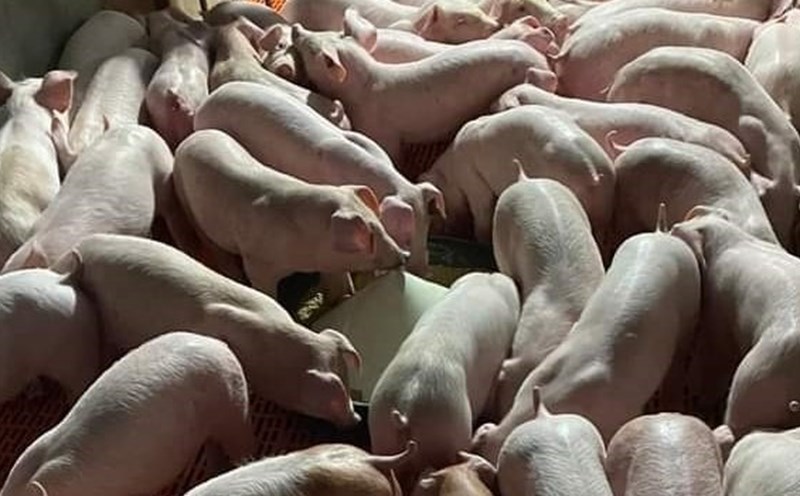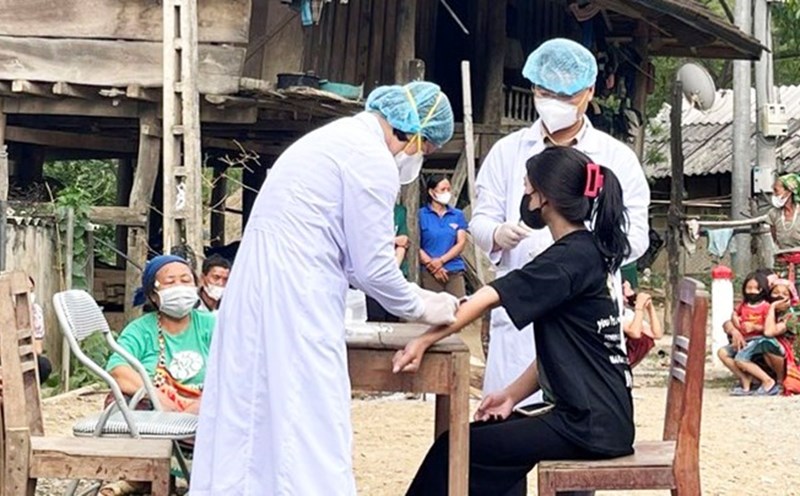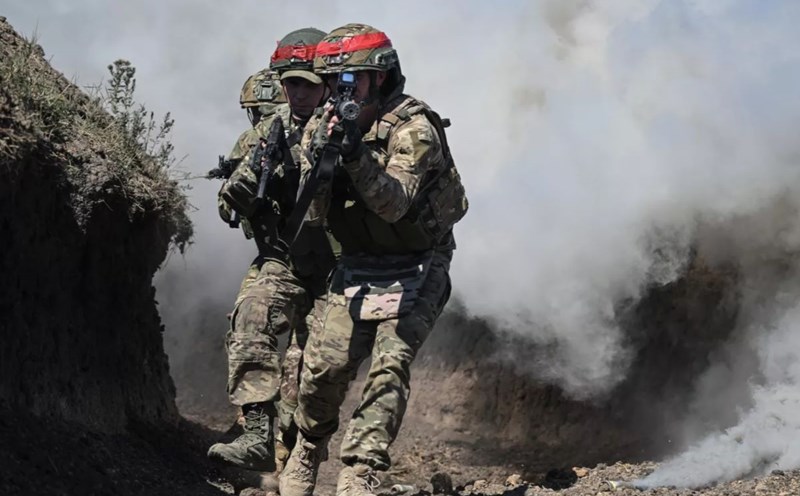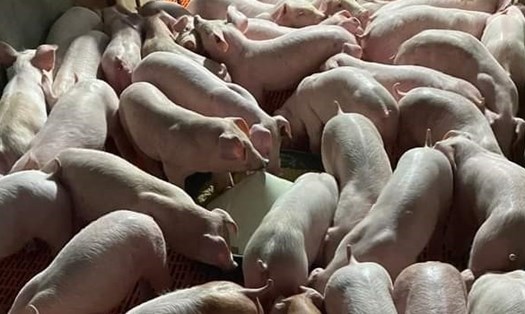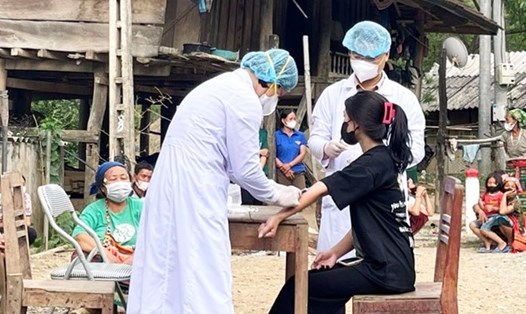During and after the storm, floodwaters will carry a large number of microorganisms, dust, trash, and waste... into many areas, causing environmental pollution and posing a high risk of disease outbreaks.
Rain and flooding create favorable conditions for various types of bacteria, viruses, and disease vectors to multiply and cause illness in humans.
Dr. Tran Dac Phu, former Director of the Preventive Medicine Department (Ministry of Health), noted that after the flood, the most likely diseases to occur are diarrhea, conjunctivitis, respiratory infections, and influenza...
In areas affected by rain and flooding, gastrointestinal diseases tend to increase significantly. Common gastrointestinal diseases include dysentery, amoebiasis, typhoid fever, bacterial infections, and food poisoning caused by other types of bacteria (E.coli, Campylobacter...) or parasites (amíp, giardia). This group of diseases often leads to outbreaks with basic symptoms such as abdominal pain and acute diarrhea. Children are also at risk of contracting hand-foot-and-mouth disease.
High humidity and pollution create favorable conditions for mosquitoes to thrive, making dengue fever a likely occurrence. Moreover, after the flood, diseases transmitted by vectors tend to spread rapidly. These diseases are highly contagious and can lead to widespread outbreaks. Examples include dengue fever, viral fever, and malaria.
High humidity and frequent rain increase the likelihood of respiratory diseases, with influenza and common cold being the most prevalent. Severe symptoms include high fever, prolonged fever, chills, and profuse sweating, as well as severe fatigue. In some cases, influenza and common cold can lead to pneumonia, sinusitis, otitis, or pharyngitis. Respiratory diseases are highly contagious and can lead to outbreaks, making treatment challenging.
Conjunctivitis is also likely to spread rapidly in areas with poor sanitation, inadequate access to clean water, and unhygienic conditions. During the rainy season, the humid weather creates an ideal environment for viruses to multiply, coupled with the practice of using contaminated well water. These factors contribute to a higher incidence of conjunctivitis during the rainy season.
After the flood, poor sanitation, environmental pollution, and contaminated water sources containing disease-causing bacteria create an ideal environment for skin diseases to spread. Some common skin diseases that occur during the rainy season include athlete's foot, fungal nail infections, scabies, eczema, folliculitis, and contact dermatitis.
Residents should ensure they choose safe food and prepare it hygienically, eat cooked food and boiled water; frequently wash their hands with soap before and after food preparation, before eating, and after using the restroom; eliminate mosquito breeding sites by covering containers, introducing fish into large water containers, and removing trash and debris; and seek medical attention and treatment at the nearest healthcare facility if they suspect they have contracted a disease.


